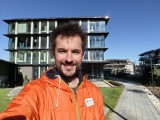Oppo Find X8 Pro review

Two telephotos without being an Ultra
The Find X8 Pro inherits some of the Find X7 Ultra's camera - in principle, but also some of the actual hardware. The 1-inch main camera didn't make it, but the two teles sort of did, and one of them is actually a new design to help make the big bump on the back less big and bumpy. There's also a new Quick button, which is definitely not a Camera Control key.

The Find X8 Pro uses a smaller sensor main camera than last year's Ultra - it's a 1/1.4" imager here, letting the rumored X8 Ultra maintain exclusivity on the large sensor. Also smaller is the ultrawide's sensor, a fairly common 1/2.76" Samsung unit replacing the 1/1.95" Sony on the old Ultra.
That same Sony LYT-600 imager is now tasked with 3x zoom duty, only in this instance it's placed behind a new lens assembly that features two prisms, allowing it to be more compact.

The 6x camera, meanwhile, is lifted off the X7 Ultra in its entirety - it's a more conventional periscope setup. Its lens is relatively dim though - the Xiaomi 14 Ultra uses the same sensor for its second tele, with a wider aperture (f/2.5 vs. f/4.3), though, admittedly, slightly shorter focal length (120mm vs. 135mm equivalent).
- Wide (main): 50MP Sony LYT-808 (1.4", 1.12µm - 2.24µm), f/1.6, 23mm, multi-directional PDAF, Laser AF, OIS; 2160p@60fps
- Ultrawide: 50MP Samsung ISOCELL JN5 (1/2.76", 0.64µm - 1.28µm), f/2.0, 15mm, multi-directional PDAF; 2160p@60fps
- Telephoto 1, 3x: 50MP Sony LYT-600 (1/1.95", 0.8µm - 1.6µm), periscope lens, f/2.6, 73mm, multi-directional PDAF, OIS; 2160p@60fps
- Telephoto 2, 6x: 50MP Sony IMX858 (1/2.51", 0.7µm - 1.4µm), periscope lens, f/4.3, 135mm, multi-directional PDAF, OIS; 2160p@60fps
- Front camera: 32MP Sony IMX615 (1/2.74", 0.8µm - 1.6µm), f/2.4, 21mm, fixed focus; 2160p@60fps
The Find X8 Pro also gets an extra feature this time around - a sort-of button. Oppo does call it a Quick button, but is it really a button if it doesn't click? It's pressure sensitive and relies on the vibration motor for haptics - what we expected Apple to do, Oppo did. So yes, a double-press on the key can be used to launch the camera, where another press will take a photo. There's also a capacitive sensor so you can slide your finger for zoom action (but only in landscape orientation). A software update will enable the double-press action to directly take a photo (as opposed to just start the camera app).

Daylight photo quality
Main camera
During the day, the Find X8 Pro captures very good images with its main camera. There's no noise to speak of, detail is abundant and it's rendered nicely. Exposures are on point and dynamic range is great too. Saturation is also very well judged and if it weren't for the white balance's tendency towards a hint of green, we'd have no flaws to point out.



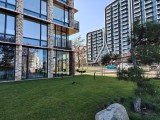
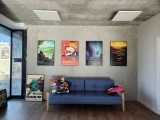

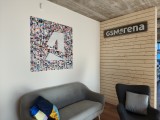

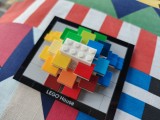



Daylight samples, main camera (1x)
There's a fair bit of that greenish lean in people shots, where it's slightly more detrimental to the overall likeability of the photos - we tend to prefer our humans warmer. Again, it's not terrible and not something that can't be fixed easily with sliders, but why have to?




Daylight samples, main camera (1x), Photo mode




Daylight samples, main camera (1x), Portrait mode
The full-res 50MP samples don't offer any meaningful improvement in detail.




Daylight samples, main camera (1x), 50MP
The 2x results aren't the sharpest around, but still offer a decent amount of detail if you're a fan of the 50-ish millimeter focal length.

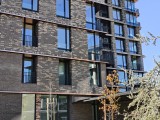


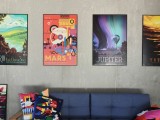

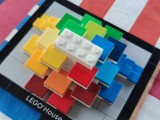
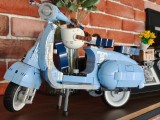
Daylight samples, main camera (2x)




Daylight samples, main camera (2x), Photo mode




Daylight samples, main camera (2x), Portrait mode
3x telephoto camera
The shorter of the two telephotos on the Find X8 Pro may not be able to focus too close (minimum focus distance is around 50cm), but it's pretty great for mid- to long-range shooting. We're getting clean and sharp photos with just slightly too digital detail processing. White balance is once again ever so slightly off, but at least it matches the main camera, and the saturation is keeping us happy.
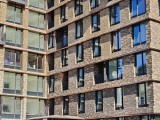
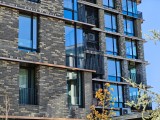

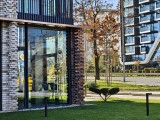
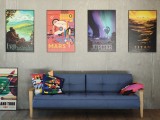





Daylight samples, telephoto camera (3x)
People shots are quite great at 3x, the shooting distance offering a nice perspective and flattering facial proportions. Again, slightly warmer colors would help, though.




Daylight samples, telephoto camera (3x), Photo mode




Daylight samples, telephoto camera (3x), Portrait mode
The full-res mode won't be getting you any detail benefits at 3x either.
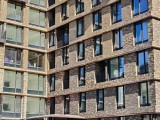
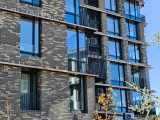


Daylight samples, telephoto camera (3x), 50MP
6x telephoto camera
The longer telephoto does better with closeups - we measured the minimum focusing distance at some 29cm give or take. In practice, together with the extra zoom, that means you can get roughly 3.5x larger subject reproduction with the 6x camera than you can with the 3x one.






Daylight samples, telephoto camera (6x)
That said, there's a bit of a general haze/glow to these shots - they're not the sharpest, particularly when there's a lot of bright light in the frame. Colors are still pretty great.
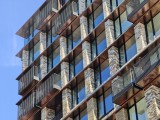
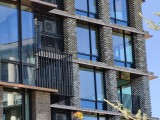

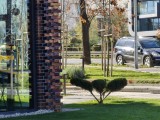
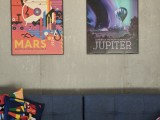
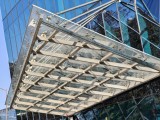

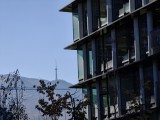
Daylight samples, telephoto camera (6x)
6x might be a bit too long for photos of people to a smartphone-conditioned mind, but 135mm is one of the classic focal lengths for portraiture and you get to do that on the Find X8 Pro.




Daylight samples, telephoto camera (6x), Photo mode




Daylight samples, telephoto camera (6x), Portrait mode
Stop us if you've heard this before, but the 50MP mode doesn't bring anything noteworthy to the table.
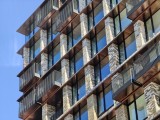
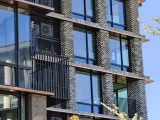


Daylight samples, telephoto camera (6x), 50MP
Ultrawide camera
The ultrawide's photos have excellent sharpness and detail and no noise in bright daylight. Dynamic range is nicely wide and color reproduction is quite pleasing.




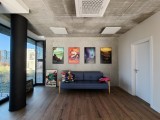

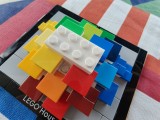

Daylight samples, ultrawide camera (0.6x)
A handful of samples from the largely pointless full-res mode follows.




Daylight samples, ultrawide camera (0.6x)
Selfies
Selfies aren't overly exciting on the Find X8 Pro. We've been hating various implementations on 32MP selfie cameras from several makers and Oppo has been among the repeat offenders. That said, colors and dynamic range are very good here, so if you can learn to think of these as 10-12MP images and expect about that much detail from them (possibly downscale them, even), you should be reasonably happy.
No amount of rationalizations is going to change the fact that there's no autofocus, though, so you won't be able to take goofy closeups of your nostrils - unfortunate.
Low-light photo quality
Main camera
At night, the Find X8 Pro's main camera does a wonderful job. It captures well exposed images with wide dynamic range, excellent shadow development and competent highlight preservation. It manages to maintain a very natural detail rendition too - no extreme sharpening or watercolor-like effects. The Find wasn't fazed by odd lighting and kept its white balance in check, while also delivering very likeable output in terms of saturation.


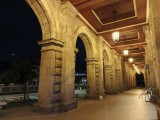







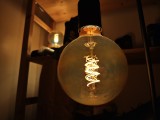
Low-light samples, main camera (1x)
At 2x zoom, global parameters remain unchanged, but sharpness drops noticeably and these images are best suited to viewing from a distance.


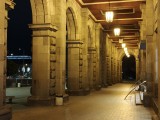





Low-light samples, main camera (2x)
3x Telephoto camera
The telephoto camera's results are more to our liking. The 3x shots have very good detail and it's looking nicely organic too. Dynamic range is excellent, and colors are pleasing too. There was that bleached rendition of the otherwise decidedly more yellowish scene in the third sample, but other than that we had no issues with the white balance.








Low-light samples, telephoto camera (3x)
6x Telephoto camera
At 6x magnification, you may occasionally be served digitally zoomed in shots from the 3x camera - the smallish sensor and not overly wide aperture lens on the 6x camera have led Oppo to resort to this approach. The shots you get this way (bottom row) are a little too soft for our liking - not terribly so, and certainly good enough for many applications, but not really great. The ones that do come out of the 6x camera are generally sharper, albeit somewhat grainy. Whichever camera does the capture, dynamic range is great, and colors are hard to fault either.


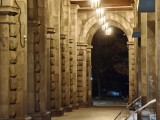






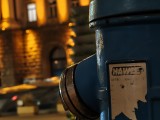

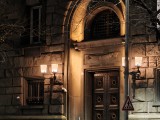
Low-light samples, telephoto camera (6x)
Ultrawide camera
The ultrawide does a respectable job in its own context. Its images have good detail, dynamic range is excellent, colors are generally on point, with a hint of extra warmth here or there.










Low-light samples, ultrawide camera (0.6x)
Video recording
The Find X8 Pro records video up to 4K60 with all of its cameras - the four on the back and the selfie camera too. There's no 8K capture mode (nor should there be), and there's no 24fps capability directly in sight.
The default codec is h.265 but you can switch to h.264. Dolby Vision capture is available too, masked behind the HDR toggle in the viewfinder. There's also a Movie mode that works in a 21:9 aspect (so 3840x1648px, no other resolution), where you can tweak exposure parameters, focus and white balance.
'Regular' electronic video stabilization is available in all resolutions and frame rate combos and then there's Ultra steady mode, which also works in all modes - go figure.
You can check out the playlist below, which includes multiple video samples.
Video sample playlist
4K video quality from the Find X8 Pro's main camera is great, with wide dynamic range, accurate white balance and vibrant colors. Detail is very good, though we still feel it could be a tiny bit better. 2x zoom clips are properly soft, we'd avoid shooting at that level. The 3x telephoto captures nicely detailed videos during the day, and the 6x is almost as good, though it does have some of that haziness we mentioned in stills. The ultrawide's footage is slightly noisy in the shadows, but still solid overall.
At night, the main camera maintains its composure and returns very good results with well balanced grain-vs-detail processing. The 3x telephoto is somewhat surprisingly good too and you can even spin the pronounced sunstar effect around point light sources as a positive. The 6x zoom camera isn't quite as capable, but it's still usable, if you pick your scenes right. The ultrawide, meanwhile, returns somewhat harsh highlights, but isn't half bad overall either.
Stabilization is very good on the Find X8 Pro with only some imperfections on the main camera when walking - the final footage has a bit more shake as your foot hits the ground than we'd like. Other than that all cameras are pretty great at steadying your clips, the telephotos looking especially impressive. Panning is quite smooth too.
Reader comments
- Mobilemaster
- 28 Mar 2025
- 0C9
Hi there! I have bought the phone almost 2 weeks ago. My overall opinion of the phone is very positive. I love the big battery, it has a much better battery life than any other Pixel phone for example. The charging speed is also OK( I have bought the...
- Anonymous
- 12 Mar 2025
- nBh
Just another thief company who steals charger from the box. I may think to buy it if its drops to below 500 euros.

